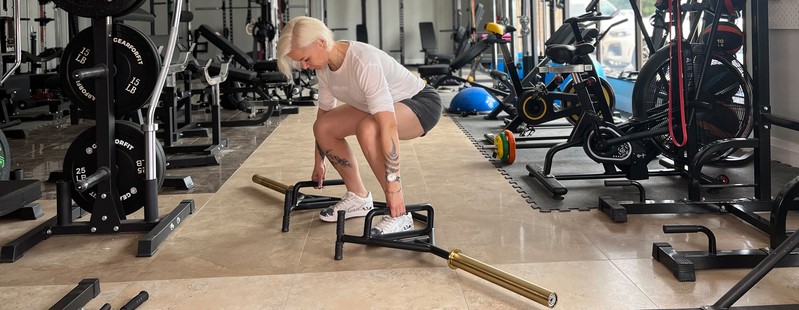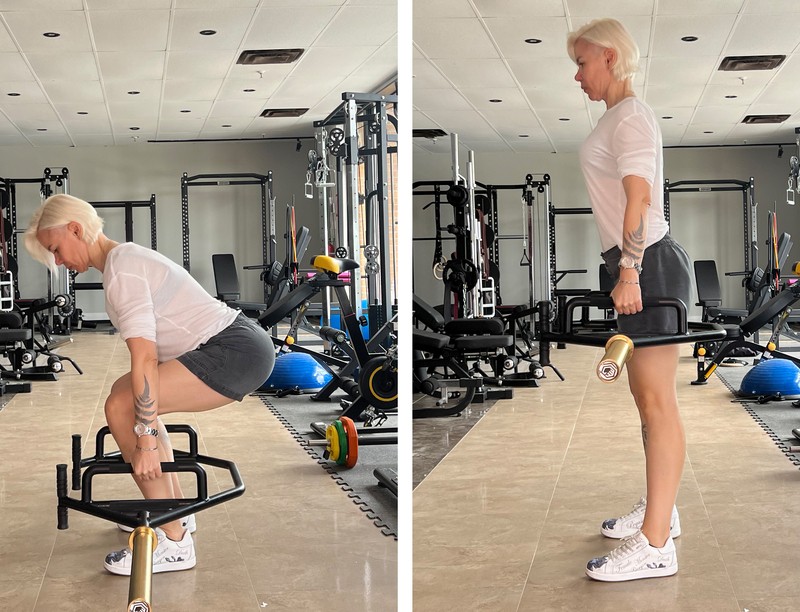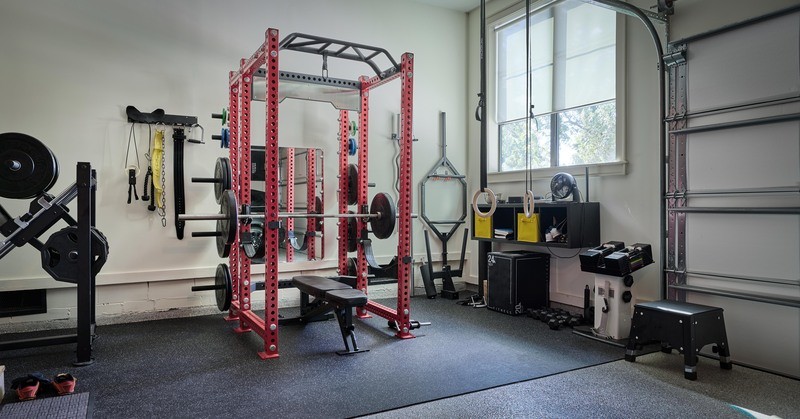blog
Demystifying the Trap Bar: Exercises and Benefits
September 15, 2023A trap bar, sometimes called a hex bar or hexagonal barbell, is a specialized type of barbell that deviates from the traditional straight bar design. It can take on various shapes, such as a six-sided figure (hexagon), a diamond, a trapezoid, a rectangle, or even the letter "C." The hexagonal shape is the most common among these variations.
In the 1980s, a powerlifter named El Gerard (or Gerard) introduced this innovative piece of gym equipment. Initially designed for performing deadlifts and shoulder exercises, the trap bar allows the user to stand within it, grasping the handles and lifting weights. However, it can also be utilized for a wide range of other exercises.
Advantages of the trap bar:
The trap bar offers several advantages, particularly in exercises like deadlifts and shrugs. Unlike a typical straight barbell, which often forces individuals to lean forward during these movements, the trap bar allows athletes to hold it from the sides. This eliminates the need for forward-leaning and subsequently reduces stress on the lower back and knees.
This unique design makes the trap bar particularly beneficial for individuals dealing with spinal or knee issues.
Research has shown that a regular straight barbell tends to activate the leg muscles more than a hexagonal barbell, as measured through electromyography. However, it's essential to understand that higher muscle activation on an electromyograph doesn't necessarily translate to greater muscle growth or improved strength.
In simpler terms, just because an exercise activates a muscle more doesn't mean it's the most effective one for enhancing physical performance. A study comparing the outcomes of using a straight barbell versus a hexagonal one found that athletes, specifically rugby players, achieved significant improvements in explosive power, speed, and strength when using the hex bar.
This improved performance with the hex bar can be attributed to the body's positioning during the exercise: there's no need to lean forward, and most of the load is placed on the body's strongest muscles—the leg muscles.
Additionally, the trap bar simplifies exercises like shrugs, squats, and deadlifts compared to using dumbbells or straight bars, which require more focus and balance due to being two separate weights.
Here are some of the exercises you can perform with a trap bar:
- Deadlifts with a trap bar. With a trap bar, you can perform both Romanian deadlifts and classic deadlifts, which beginners sometimes mistakenly refer to as trap bar squats. In reality, it's a deadlift.

- Shrugs with a trap bar. This involves lifting the shoulders upward. Thanks to it being a single piece of equipment, rather than two independent ones (as with dumbbells), you can perform the exercise more effectively without worrying about the evenness of the weight's ascent (as with dumbbells).
- Bench press with a trap bar. It is performed similarly to a regular bench press. The only thing that might confuse you is the placement of the bar on the supports of this equipment. Position them wider to ensure the bar rests comfortably on the supports. The advantage is that you can perform the press with a neutral grip (palms facing each other).
- Military press/standing press with a trap bar. This is performed similarly to equivalent exercises with a straight barbell or dumbbells. However, in this case, the hand position will be neutral (some trainers consider this hand placement safer; for example, Jeff Cavaliere).
- Bent-over row with a trap bar. Incline your torso at a 40-45 degree angle. Pull the bar so that your hands are at the level of the lower or mid-abdomen (as shown in the video). Don't forget to squeeze your shoulder blades together, engaging the muscles in your back.
- Lunges with a trap bar. The execution is similar to how we do it with dumbbells. You can even perform Bulgarian split squats but with a slightly reduced range of motion (the rear leg will make contact with the trap bar).
In conclusion, the trap bar is a valuable addition to any fitness routine, thanks to its unique design and numerous benefits. Whether you're an experienced athlete or a fitness novice, incorporating the trap bar into your training regimen can help you achieve better results while minimizing the risk of injury. With its versatility and ability to target various muscle groups, the trap bar is indeed a fitness tool worth exploring on your journey to improved strength and fitness.





